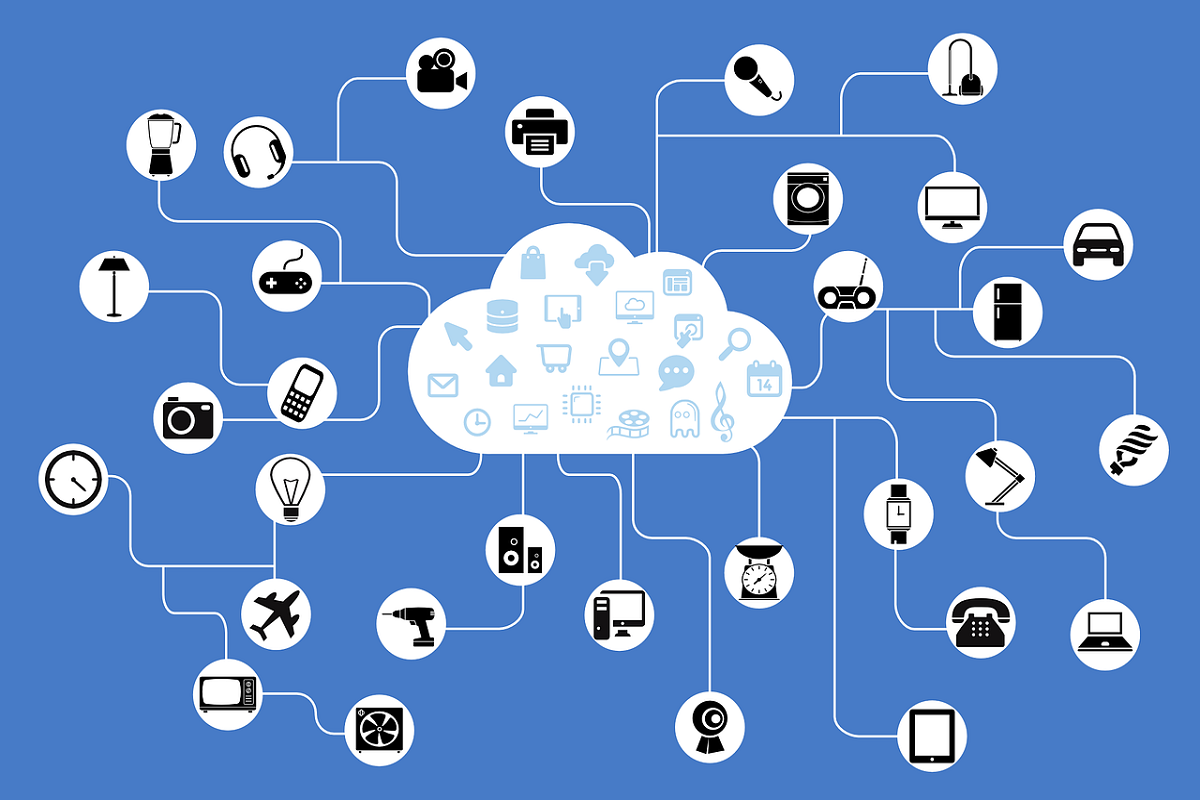Table of Contents
Definition SD-WAN Architecture
SD-WAN architecture is the structure of the hardware and software system that make up the Software-Defined WAN and its deployment. In simple terms, it helps in SD-WAN deployment. SD-WAN architecture is determined by business scale, needs, and associated cost.
Companies that implement technology such as SD-WAN can use public links to provide secure, high-performance connections from the base to the cloud. Thanks to the application of this technology, companies benefit from a cloud architecture that protects the company from all kinds of vulnerabilities.
Types of SD-WAN Architecture
SD-WAN has been classified into 3 types:
On-premises-only:
On-premises-only SD-WAN architecture is the same as it sounds. If your organization has an SD-WAN setup, having real-time traffic shaping at each site… and that’s it.
When compared to other architectures, the on-site SD-WAN setup doesn’t connect to a cloud gateway. It only connects to your organization other sites.
Cloud-enabled
Whereas cloud-enabled SD-WAN architecture, it offers a solution at onsite SD-WAN setup connecting to a cloud (virtual) gateway. Using this architecture, organizations get the benefits of an on-prem-only, plus increased performance and reliability of your cloud applications.
Cloud-enabled plus backbone
Cloud-enabled SD-WAN architecture is another level or top-level when it gets a backbone. Cloud-enabled plus backbone SD-WAN architecture offers an on-site SD-WAN setup connecting organizations to the SD-WAN provider’s nearest network. With this your traffic hops on the SD-WAN provider’s private, fiber optic, network backbone.
SD-WAN Architecture Benefits
Advantages of adopting an SD-WAN architecture
SD-WAN environments are emerging as a key technology to end legacy software and contribute to updating security tools deployed in network environments.
Within the so-called software-defined infrastructures, which go through their best form. SD-WAN architectures, which replace the traditional networks that connected several local networks. Thanks to their software-defined proposal.
These solutions are being especially attractive to companies that have facilities at different geographical points. Which provides them with a secure and centralized option for network and traffic control between locations.
The market for this type of tools has a positive projection, according to the main consultants. It is estimated that by 2021 they will move around 8,050 million dollars, thanks to an average annual growth rate of 69.6%. For the company’s vice president of network infrastructure, Rohit Mehra, their success is that they offer a more accomplished model.
Also, from the consultancy Gartner, a popularization of this type of solutions is perceived. This is explained by one of his analysts, Andrew Lerner. While many network technologies have been oversized as‘ the next great revolution,’ SD-WAN is fulfilling the promise. Taking off its adoption “in just under three years.”
Among the benefits that Lerner distinguishes is cost, better and simpler performance or availability. Also which guarantee a good return on investment, compared to other alternatives. “In fact, that is what is leading to rapid adoption.”
Lerner clarifies that they are not always all advantages, but you can find several potholes or challenges. Among them, he cites the gaps between technologies, since not all networks and interfaces can always be connected. In addition, the complications of managing different forms of connectivity can cause the company to end up hiring third parties, which may have an impact on added costs.
Conclusion
The growing adoption of software-defined WAN networks is helping to merge two traditionally separate markets, such as distributed companies and branches. Many are the companies that have adopted both models in their businesses, from a supermarket chain in India, to a North American financial firm, a chemical and petrochemical industry in Latin America, or the board of one of the Ontario school districts, in Canada.
The SD-WAN is establishing itself as a key technology to end legacy software and contribute to the updating of network tools, one of the key elements in allowing organizations to digitalize processes.

